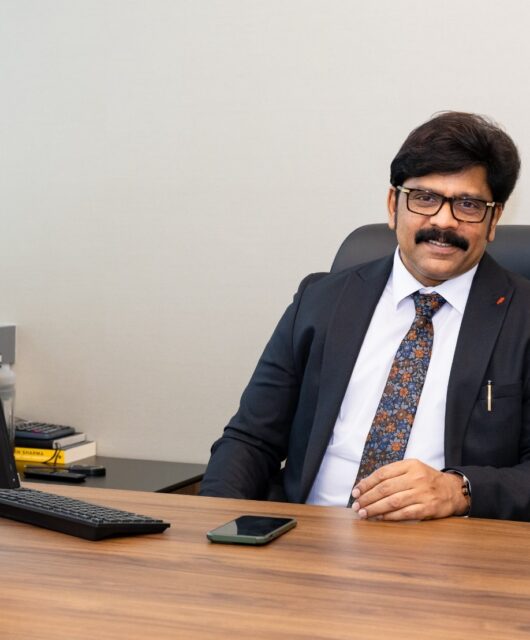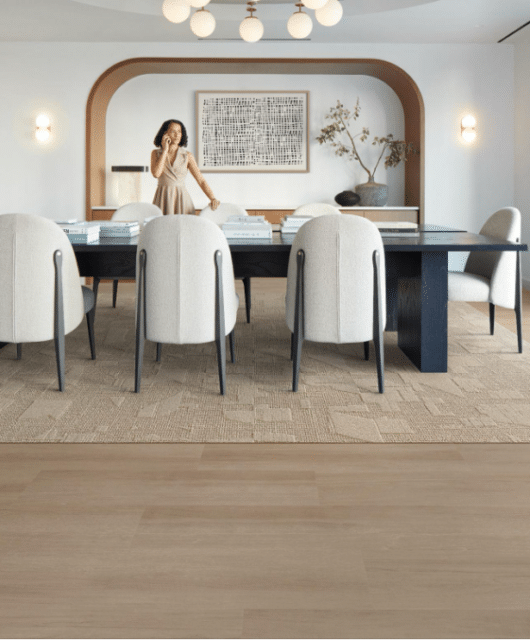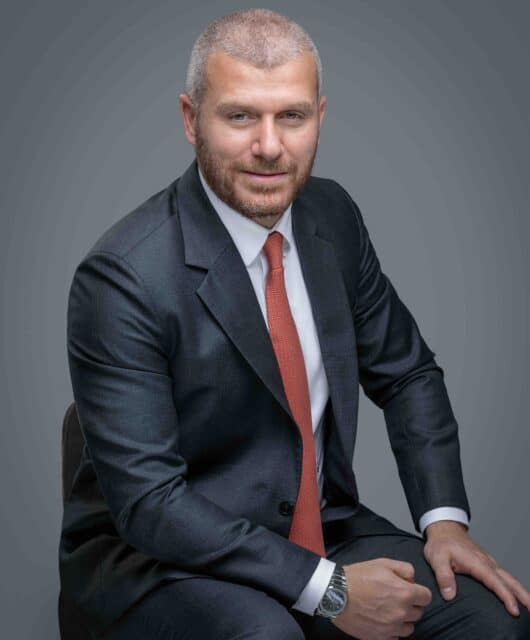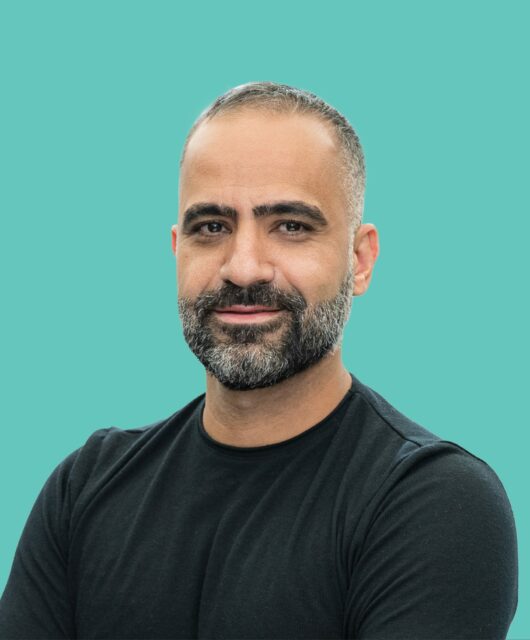
Fadi Jabri, Executive Officer of Nikken Sekkei and CEO of Nikken Sekkei Dubai, describes how Japanese aesthetics can be applied to Middle Eastern architecture.
Nikken Sekkei sets out on an enthralling adventure to infuse Middle Eastern architecture with the subtle beauty and efficiency that characterise Japanese aesthetics. The company recently welcomed the opening of a new office in Dubai Design District (d3), a subsidiary to its main Sheikh Zayed Road location. A dedicated team of architects, designers, and experts is dedicated to utilising architecture’s power to enhance lives and create value by pushing the boundaries of design innovation through technology.
Nikken Sekkei’s journey in the UAE began over 30 years ago with the Dubai Chamber of Commerce and Industry building, which at the time was one of the city’s tallest structures. More recently, Nikken Sekkei has made waves by designing the iconic One Za’abeel development, setting the bar high for architecture in the Middle East. This architectural masterpiece will host corporate offices, private residences, retail facilities, two hotels, 11 restaurants and more. The development comprises two towers, separated by a highway and connected 100 meters above the ground by a cantilever known as “The Link.”
With an expanding list of esteemed clients, Nikken Sekkei has been entrusted with crafting timeless structures, including the Emaar 52|42 towers, Emaar Forte, Islamic Development Bank Headquarters in Jeddah, Tadawul Tower in Riyadh, and the Cairo Opera House.
Dubai’s strategic location, superior infrastructure, and proximity to clients in the Middle East, India, and the Commonwealth of Independent States (CIS) have been pivotal factors in Nikken Sekkei’s remarkable growth in the region. Our commitment to meeting clients’ unique needs and continuously striving to deliver added value has led to the establishment of the new subsidiary, and we look forward to new opportunities for growth in the coming years, with projections already exceeding expectations.
Nikken Sekkei’s greatest strength lies in the comprehensive integration of our urban planning, architectural design, structural engineering, MEP engineering, landscape design, and other consulting services. With the added resources of its group companies, from city visions to interior detailing, it aims to provide a holistic multidisciplinary design service.
The company operates with a flexible approach, allowing project teams to be formed as needed, free from the confines of predefined groups or units. Collaborations across group companies, as well as between their headquarters in Japan and local subsidiaries often take place, resulting in a variety of working models based on the unique requirements of each project. This approach fosters a culture of democratic decision-making within project teams, empowering them to steer their own designs, supported by robust quality control.
In principle, our scope of work in the Middle East is limited to the design architect, and therefore, the company works closely with local partners and external collaborators to adapt solutions to regional nuances and, when necessary, infuse them with Japan-inspired architectural and urban design elements. Nikken Sekkei has also served as lead consultant in some of the region’s top landmark projects, overseeing all stages from concept design to contract administration and managing specialist consultancies. We utilise our wide expertise to lead multidisciplinary teams as needed to ensure clients receive maximum value.
Emerging trends in the Middle East
In the era of decarbonisation, carbon neutrality and ESG investment are becoming increasingly important to clients globally. We are at the forefront of supporting clients’ sustainability goals, not just by addressing embodied carbon emissions but also operational carbon emissions. Their holistic approach engages architects, urban planners, and engineers in concert to develop comprehensive solutions. To reduce energy consumption, they focus on minimising the heat load, employing natural energy, and implementing highly efficient systems, an especially critical consideration in the Middle East’s harsh climate.
Since 2008, we have been actively engaged in master planning and urban design projects in the Middle East, particularly in the UAE and Saudi Arabia, and the company is expecting continuous demand in the coming years. Our planning philosophy revolves around three core visions: Green Centric, Transit Oriented, and Connected Vibrancy. Based on proven Japanese solutions such as Transit Oriented Development and urban redevelopment, these principles guide our custom-tailored proposals, considering the unique climate, culture, and social context of the Middle East. Whether it’s a new downtown in Jeddah, an enhanced pedestrian experience along the pilgrimage route to Mecca, or the iconic One Za’abeel, we strive to reflect each region’s architectural and behavioural styles, creating sustainable and vibrant communities.
The future
The future of architecture is poised for remarkable transformation. In the next 30 years, the use of information technologies such as artificial intelligence in everyday work will be accelerated. However, the complexities of societal issues that require a human touch will come to the forefront. Cities, their architectural components, urban infrastructure, and public spaces will evolve to address these challenges through a harmonious combination of hardware and software, all while considering society’s evolving behavioural patterns.
In an ever- changing field, our dedication to fusing Japanese aesthetics with global innovation places us at the forefront of design, addressing difficult societal concerns and redefining urban landscapes into lively and sustainable living areas. As architecture continues to evolve, our enduring vision promises to enrich the architectural tapestry of the Middle East and beyond.







